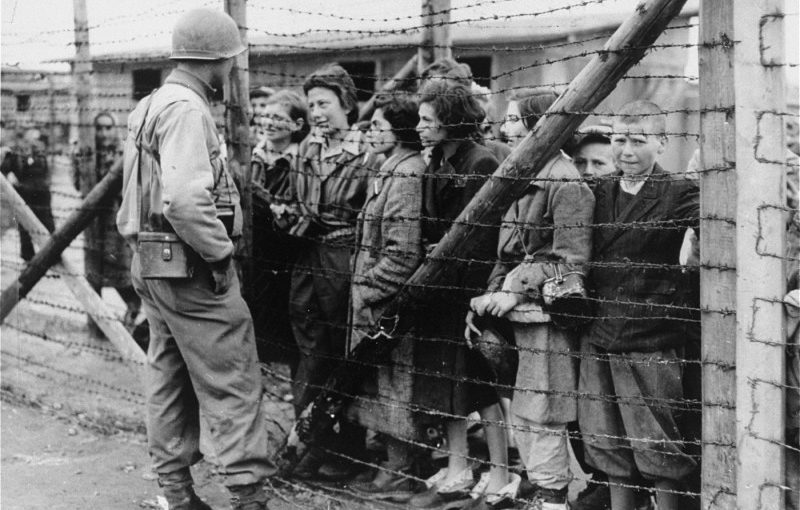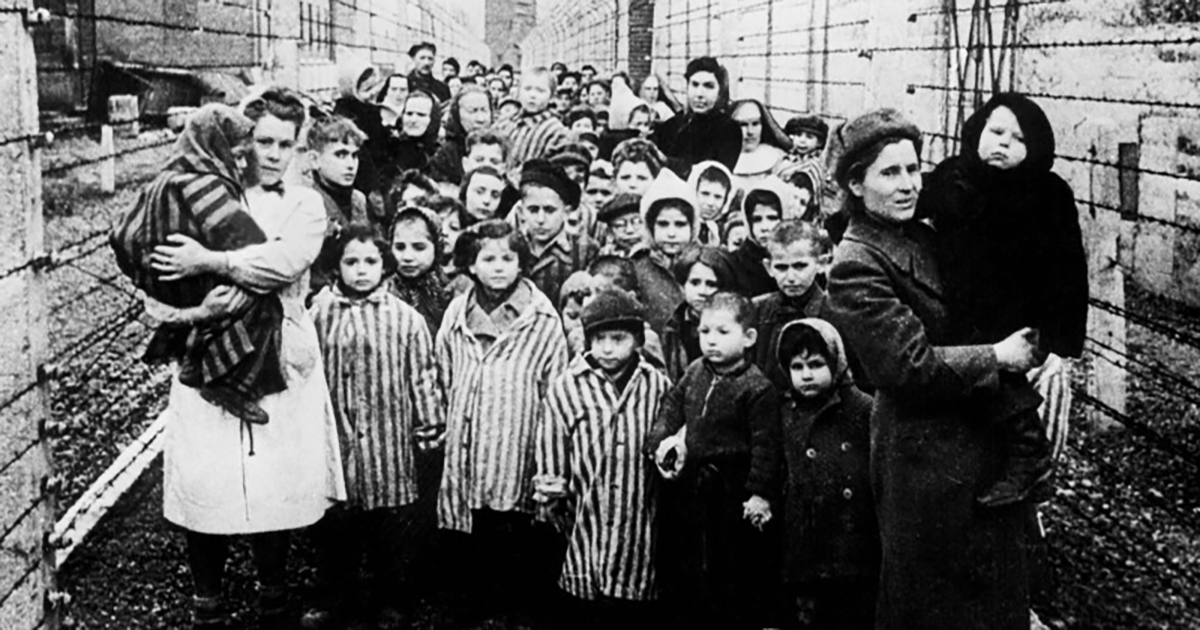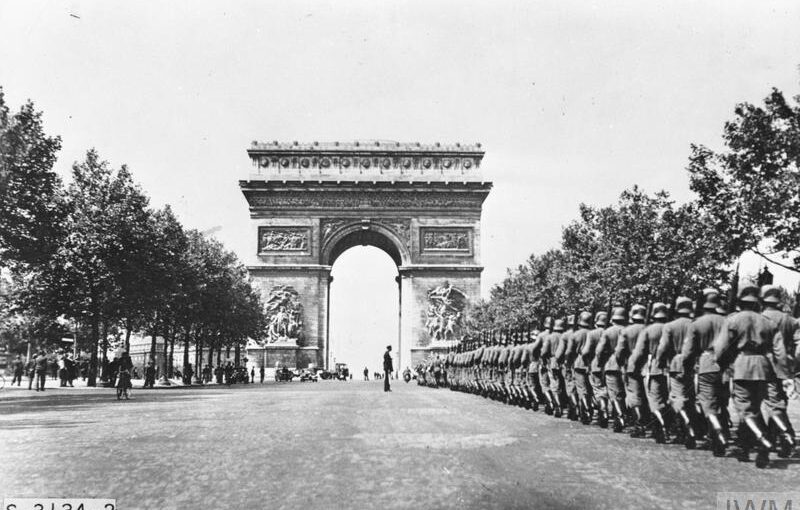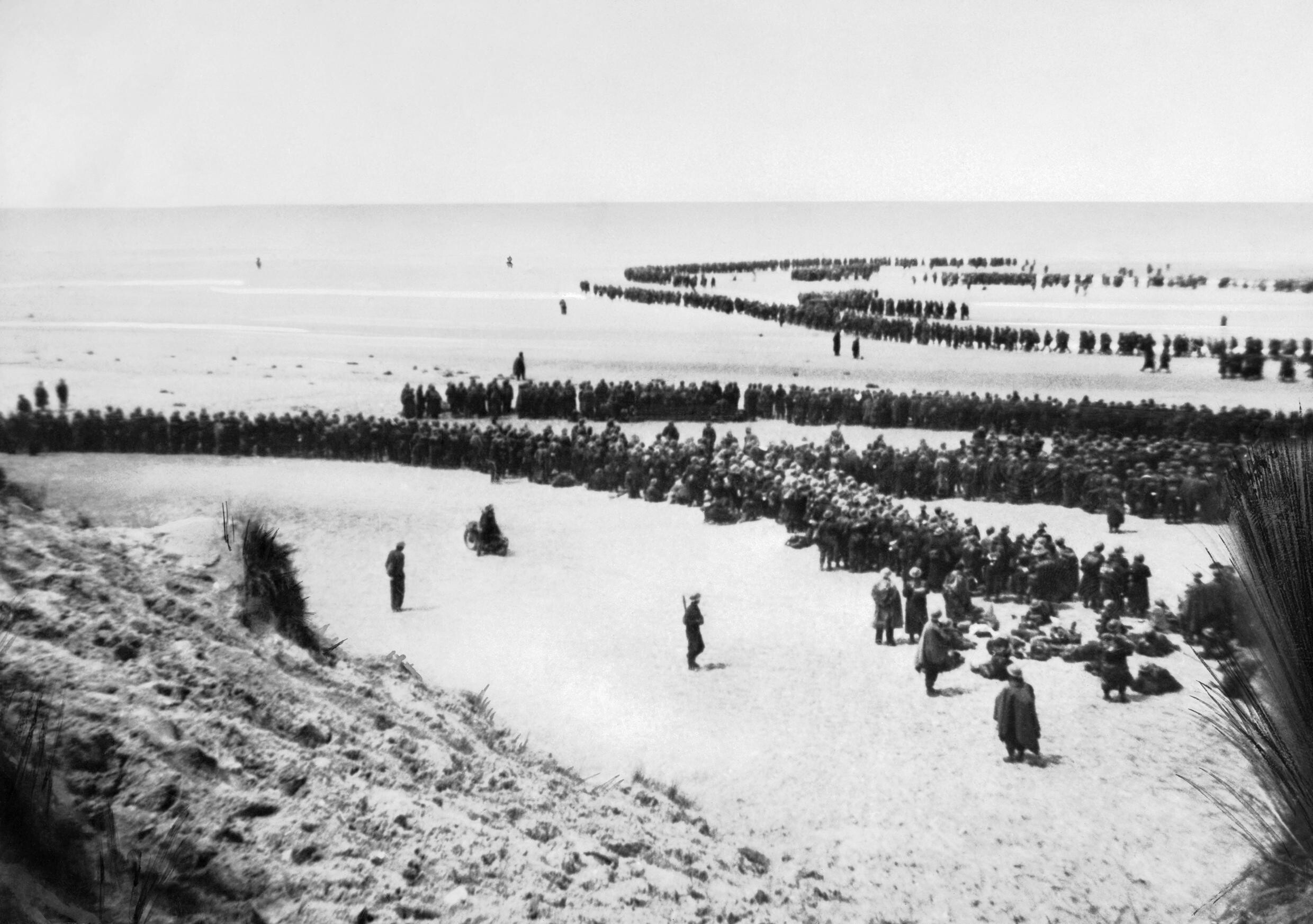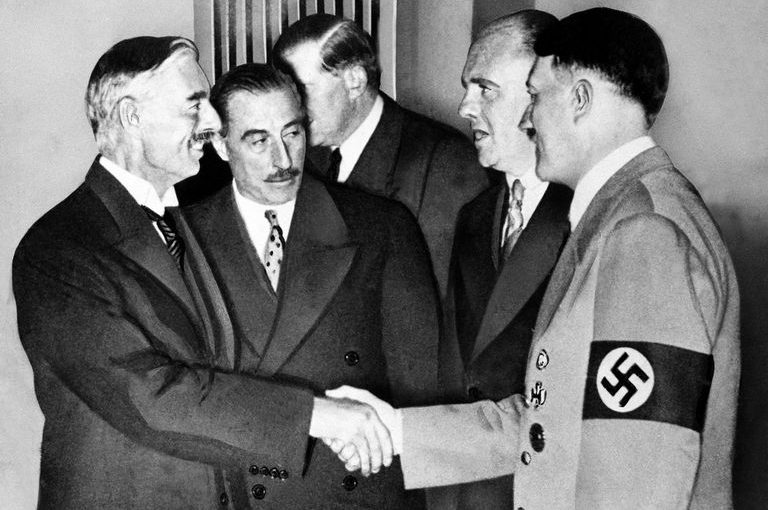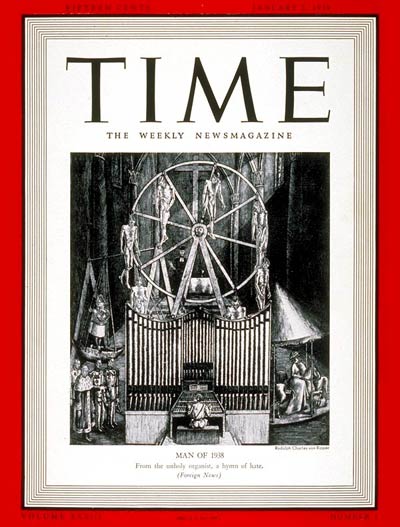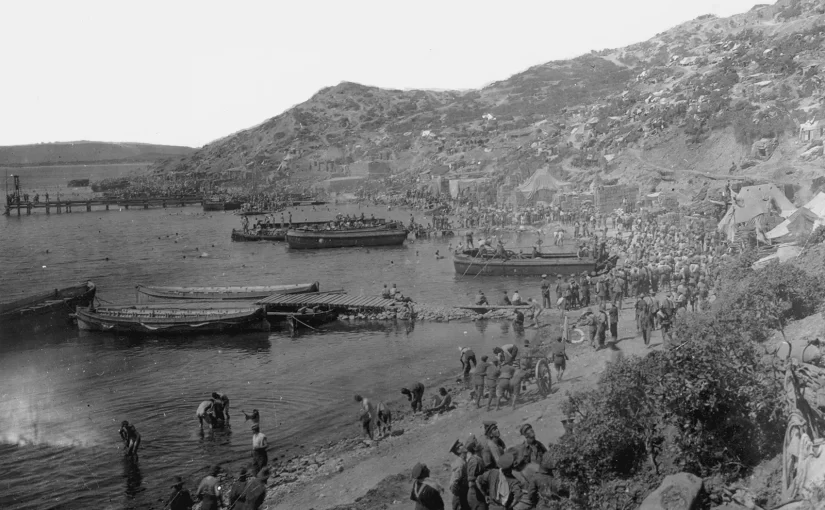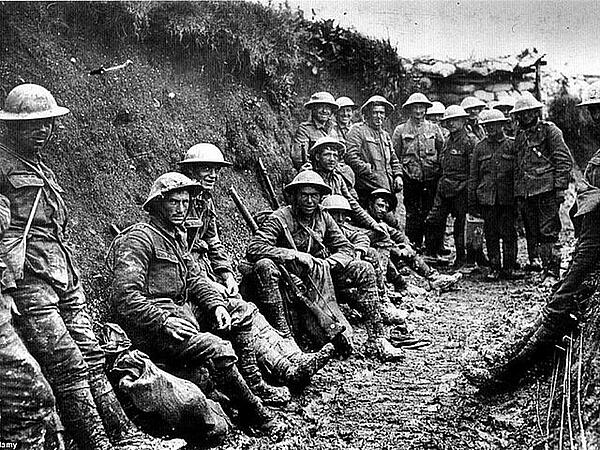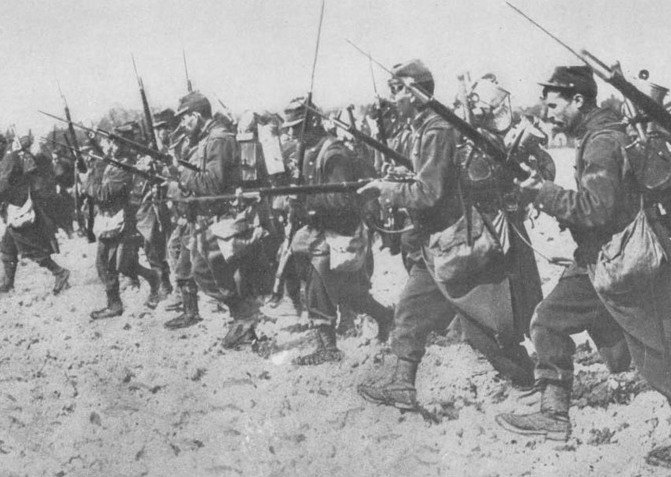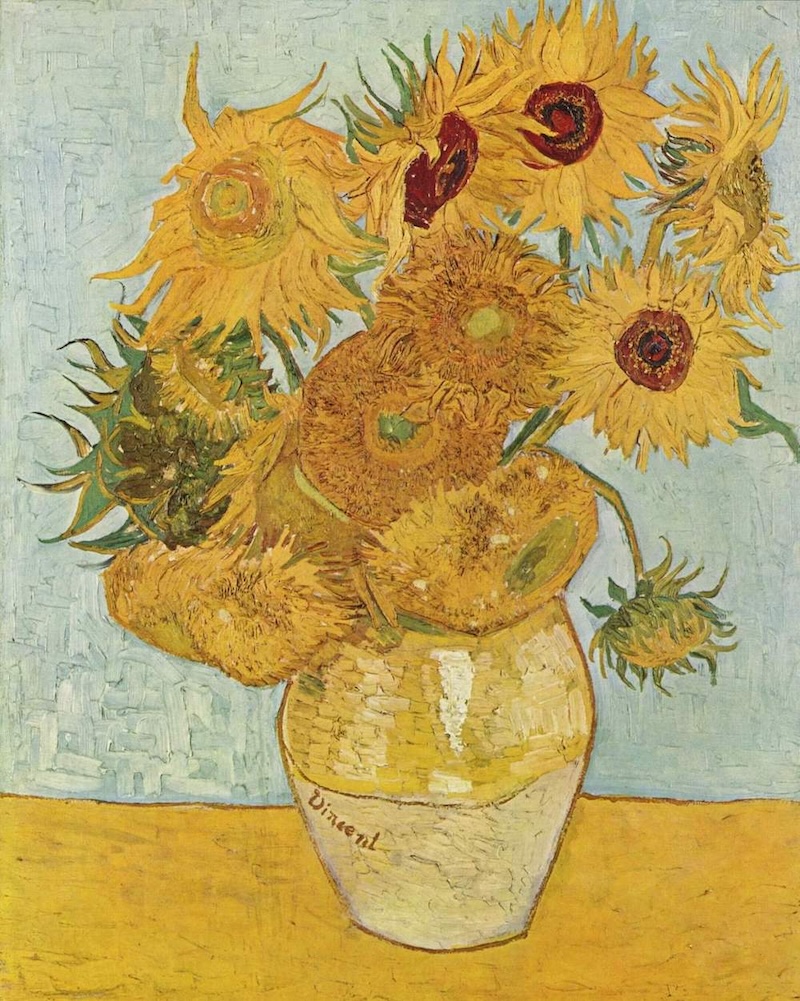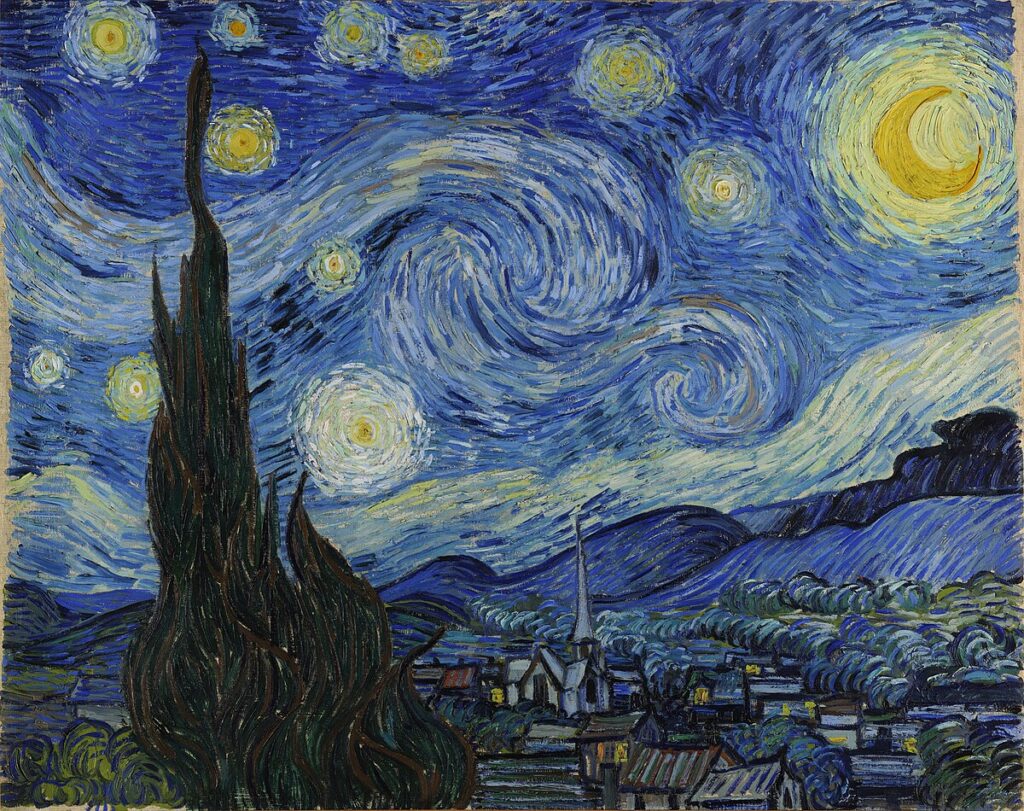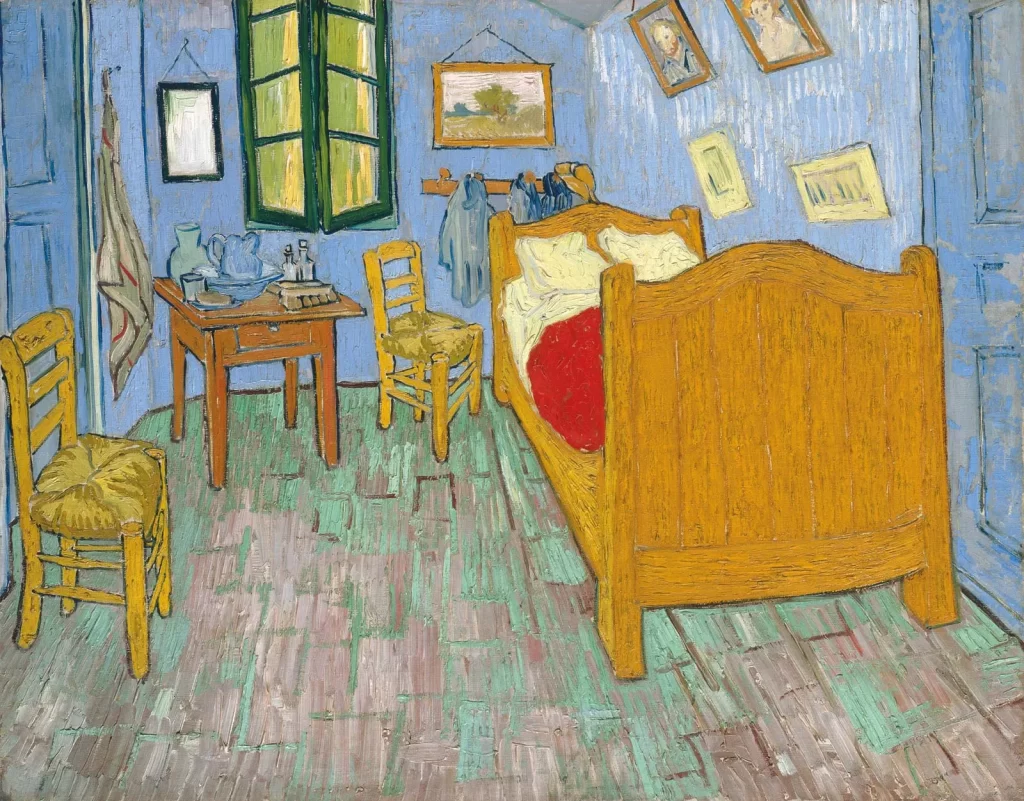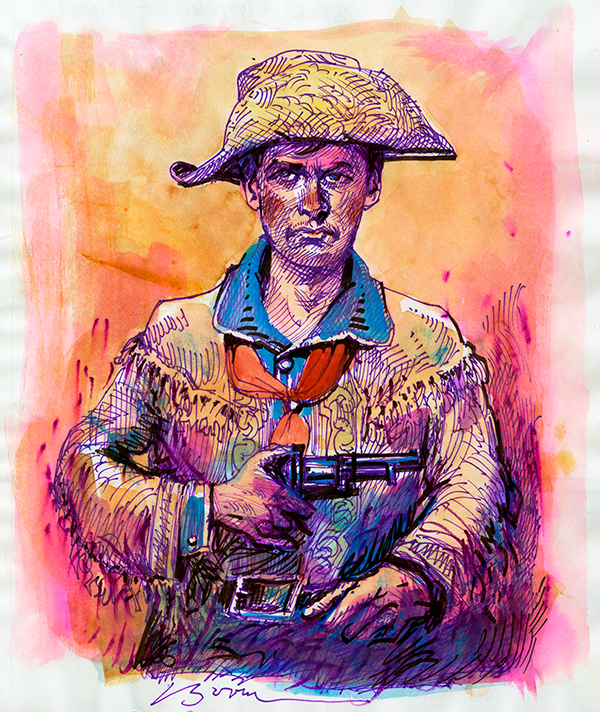After the end of World War 2, the 4 major powers that defeated the Nazis, the Americans, French, British and Soviets gathered together to discuss the matter of Germany. The powers feared that if Germany were to be reunited, at least immediately, the ideas of Nazism and Fascism could make a rise once more. An idea was proposed, that Germany be divided into West and East as a temporary measure, the West being occupied by the USA, UK and France and the East being controlled by the USSR.
However, soon the question of Berlin came up. Being around 200 miles into East Germany, logic dictated that Berlin fell into the hands of the Soviets. However, whoever controlled the capital practically controlled the country so a subdivision was set up, wherein France, Britain and America made the Western side of Berlin a part of West Germany, whilst the Eastern half was controlled by East Germany.
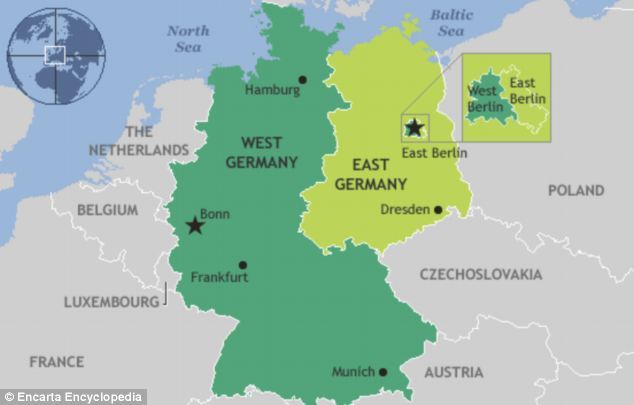
Soon, this temporary measure became somewhat permanent. The city of Berlin soon became divided into East Berliners and West Berliners. The West promoted the values of the countries occupying such as democracy and liberal market economies whilst the East promoted communism, not just in East Germany but other countries surrounding themselves. Trade from West to East was banned and a practically impenetrable border was made across East Germany and Czechoslovakia.
From Stettin in the Baltic to Trieste in the Adriatic, an iron curtain has descended across the Continent. Behind that line lie all the capitals of the ancient states of Central and Eastern Europe. Warsaw, Berlin, Prague, Vienna, Budapest, Belgrade, Bucharest and Sofia, all these famous cities and the populations around them lie in what I must call the Soviet sphere, and all are subject in one form or another, not only to Soviet influence but to a very high and, in many cases, increasing measure of control from Moscow. Athens alone — Greece with its immortal glories — is free to decide its future at an election under British, American and French observation.
Winston Churchill speaking at a Midwestern College, 1946
Whilst East Germans weren’t strictly allowed to leave East Germany to West Germany, the East Berliners, could simply walk across the road to West Berlin and were allowed to move from there. By 1961, 3.5 million people had followed this practice. This open border posed a problem to the Soviets. The Soviets had been portraying the West as a continuation of Nazism and their citizens were soon finding that wasn’t the case.
Whilst the Western Allies were promoting the reconstruction of Germany after the war, Soviets were extracting resources as war reparations, making the economic situation dire. Many East Berliners sought jobs in the West due to the more stable currency, whilst West Berliners bought products for cheaper prices in the East. Whilst education and healthcare were free in the East, consumer goods, salaries and general freedoms were better in the West, in no small part to the Eastern Secret police, called the Stasi, who would report on and arrest anyone accused of Anti-Soviet behaviour. Eventually, the General Secretary of the Soviet Union, Nikita Khrushchev had enough of the emigration.
On August 13th, 1961, Berliners woke up to a large fence surrounding West Berlin. With 43km (27 miles) across Berlin and a further 112km (69.5 miles) in East Germany, Berlin was permanently divided. Before further construction could continue, some chose to leap over the barbed wire into the West but, before long, the Berlin Wall was fully constructed.
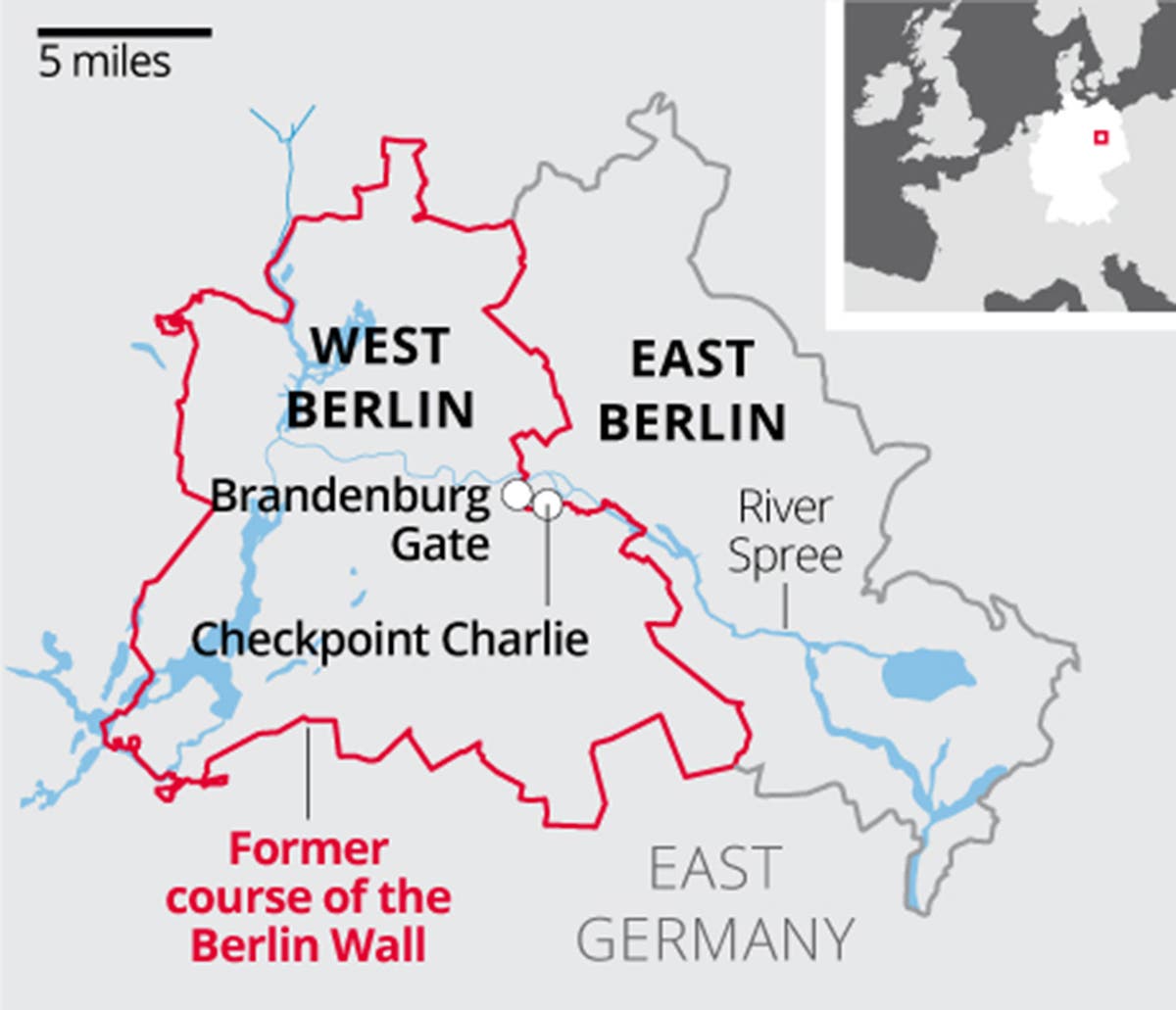
By 1975, large concrete barricades, rising to 3.6m (11ft) in height replaced the fences, with a smooth pipe to prevent climbing on the West Side. 302 watchtowers were set up in a new area called the Death Strip, a 100m (328ft) wide area in between the main wall and a less developed wall on the Eastern side. This area was littered with landmines, guard dogs and spike traps. Families were divided, friends separated and the ultimate symbol of the Eastern Bloc had been built, an authoritarian impassible wall that represented everything the West believed about Communism.

Two thousand years ago the proudest boast was “civis Romanus sum.” Today, in the world of freedom, the proudest boast is “Ich bin ein Berliner.”
[…]
There are many people in the world who really don’t understand, or say they don’t, what is the great issue between the free world and the Communist world. Let them come to Berlin. There are some who say that communism is the wave of the future. Let them come to Berlin. And there are some who say in Europe and elsewhere we can work with the Communists. Let them come to Berlin. And there are even a few who say that it is true that communism is an evil system, but it permits us to make economic progress. Lass’ sie nach Berlin kommen. Let them come to Berlin.
Freedom has many difficulties and democracy is not perfect, but we have never had to put a wall up to keep our people in, to prevent them from leaving us. […] While the wall is the most obvious and vivid demonstration of the failures of the Communist system, for all the world to see, we take no satisfaction in it, for it is, as your Mayor has said, an offense not only against history but an offense against humanity, separating families, dividing husbands and wives and brothers and sisters, and dividing a people who wish to be joined together.
What is true of this city is true of Germany–real, lasting peace in Europe can never be assured as long as one German out of four is denied the elementary right of free men, and that is to make a free choice. [This] generation of Germans has earned the right to be free, including the right to unite their families and their nation in lasting peace, with good will to all people.
[…]
Freedom is indivisible, and when one man is enslaved, all are not free. When all are free, then we can look forward to that day when this city will be joined as one and this country and this great Continent of Europe in a peaceful and hopeful globe. When that day finally comes, as it will, the people of West Berlin can take sober satisfaction in the fact that they were in the front lines for almost two decades.
All free men, wherever they may live, are citizens of Berlin, and, therefore, as a free man, I take pride in the words “Ich bin ein Berliner.”
John F. Kennedy speaking at the Rudolph Wilde Platz in Berlin, 1963


